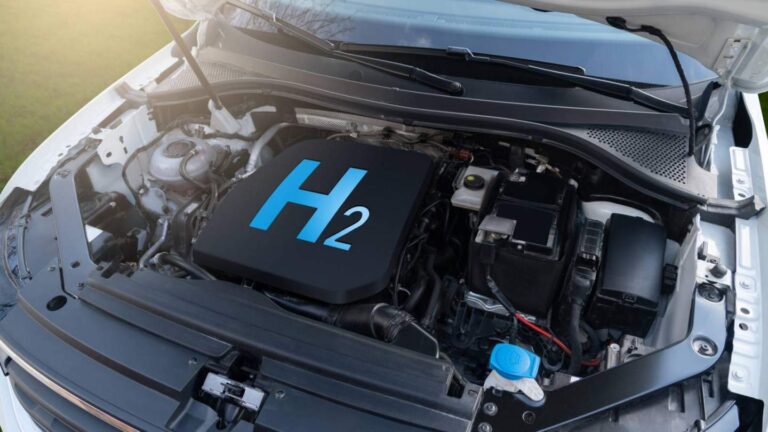Hydrogen-powered Fuel Cell Electric Vehicles (FCEVs) have some thing of a horrific rap notwithstanding having a few clean benefits over traditional EVs like the ones made with the aid of using Tesla. In fact, Tesla CEO Elon Musk has variously referred to as the era “mind-bogglingly stupid”, “a load of rubbish”, and “idiot cells” (thru CNBC). While Musk may also have a vested hobby in selling Tesla’s desired battery-primarily based totally EV era, he’s certainly status on a few stable floor with regards to questions over FCEV era that haven’t begun to be satisfactorily addressed.
FCEVs are nonetheless of their infancy with only a fraction of the income loved with the aid of using traditional EVs. There is a myriad of motives for this however the main purpose is the dearth of hydrogen fueloline gasoline station infrastructure.
Without funding withinside the infrastructure, there’s little probability of FCEV uptake or even if it’s miles added at first rate price, there’s no assure that humans will purchase FCEVs as they’re drastically extra luxurious than ordinary EVs. The largest benefit of FCEVs is that – further to being easy to run – as soon as fast refueled with hydrogen fueloline, they may be charged and prepared to move in round simply 5 minutes.
Palladium and hydrogen garage leap forward
Another project dealing with the capacity for FCEVs to attain industrial fulfillment is the price of storing hydrogen fueloline even in purpose-constructed hydrogen gasoline stations. The fueloline both desires to be saved in pressurized tanks at as much as seven-hundred bar or it desires to be transformed to liquid form, which calls for cooling it right all the way down to minus 423 stages Fahrenheit (minus 253 stages Celcius). As you may imagine, this isn’t simplest costly, however it additionally calls for a whole lot of electricity which negates each the attraction of FCEVs and their environmental benefits.
Enter German studies middle Deutsches Elektronen-Synchrotron (DESY). DESY has located an method to storing hydrogen in nanoparticles crafted from palladium – a valuable metal – that may be without difficulty extracted. Although it’s been lengthy acknowledged that palladium can take in hydrogen like a sponge, the DESY method differs with the aid of using making the hydrogen simpler to extract.
The system entails palladium debris simplest one nanometer throughout in a shape that resembles nut-covered marzipan chocolate. At the middle of the shape is an iridium ‘nut’ round that’s enveloped a layer of palladium (like marzipan), which then receives covered with the aid of using a layer of hydrogen (the chocolate). A small quantity of warmth is all this is required to extract the hydrogen.
Scientists have an extended manner to move
While DESY’s scientists have cooked up a delectable deal with for lovers of FCEVs, there’s nonetheless an extended manner to move earlier than leap forward hydrogen garage and extraction strategies may be commercialized. DESY plans on scaling the era to discover the garage densities that it could attain. It is presently the use of graphene as a service for the ‘nano-chocolates’ (as DESY calls them), however plans on investigating different carbon structures.
However, DESY is constructive that its method could be capable of keep widespread quantities of palladium which in flip manner its method could be capable of save widespread quantities of hydrogen, with out the downsides of present day strategies of hydrogen containment.





